11 Grocery Items Still Facing Price Hikes During Tariff Madness

Several countries around the world breathed a sigh of relief on April 9 after President Trump paused sky-high tariffs—but a baseline 10% tariff for imports is still in place (except for China, which is now facing 145% tariffs). What that means for the average American consumer depends on several different factors, including how much of the fee will be absorbed by importers and suppliers. Either way the cost of importing certain goods will go up, and that price hike will inevitably make its way to shoppers. Here are 11 grocery items still getting slammed with tariffs after President Trump's pause.
Chinese Soy Sauce
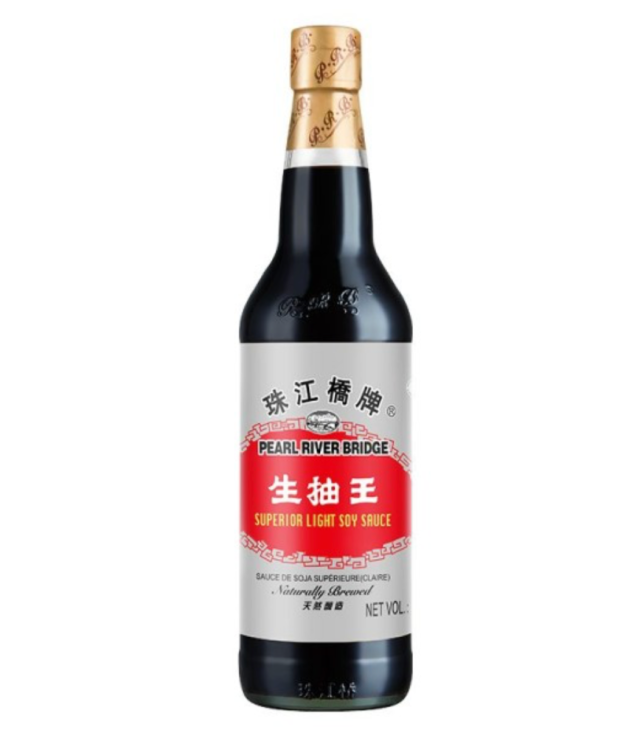
Soy sauce made in China will be subject to a huge 145% tariff, making it a completely unaffordable choice when compared with alternative soy sauces. "Most of the soy sauce and rice stick noodle," Bay Area importer Taylor Chow tells CBS News. "This rice stick, it's coming from China. Before 2018, it was selling for under a dollar. Now, $2.39."
Wine and Champagne

Wine and Champagne imported from France will still be subject to tariffs, and suppliers are worried. "The price is going to have to go up," Bartholomew Broadbent, owner of Virginia-based wine wholesaler and importer Broadbent Selections, tells CBS News. "I don't see a single person who can benefit from this. Even the wineries in America will suffer badly because they're all buying barrels and corks from Europe."
Frozen Fish
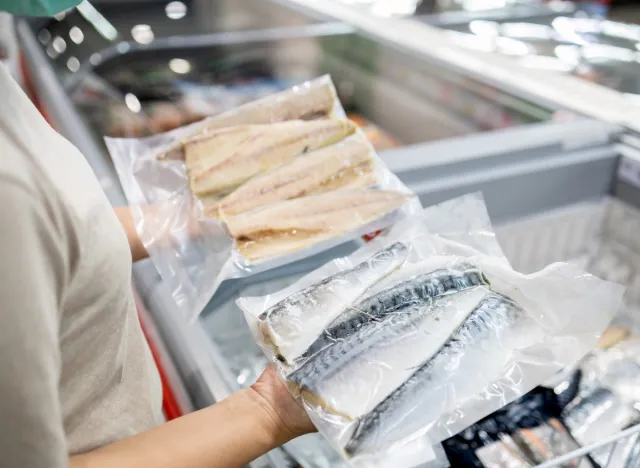
China exports a huge amount of frozen fish products to the United States, so your frozen fish (especially tilapia) could still become a lot more expensive. "China remained the world's largest seafood producer in 2023, with official production estimated at 71 million metric tons (MMT), up 3.5 percent from 2022," says the USDA.
Whisky From Scotland

Whisky producers worry the 10% tariff could directly cause a 10% hike in prices per bottle for U.S. customers (so a $60 bottle will now be $66). While that "may not sound severe," Drew McKenzie Smith, owner of the Lindores Abbey Distillery, tells CBS News, "it still adds a meaningful burden — especially for smaller producers like us."
Papayas
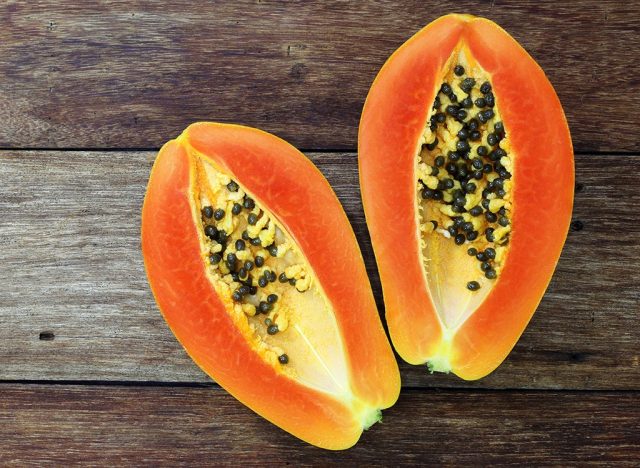
84% of papayas in the U.S. are imported from Mexico and South America, with a large, diverse population driving demand. "U.S. papaya imports from Mexico more than doubled from 154 million pounds in 2000 to 452 million pounds in 2016. This dramatic rise is likely because of the diverse American diet that is driven by an increase in the immigrant population, especially from Latin America and Asia where papaya is more plentiful," says the USDA.
Fresh Cucumbers
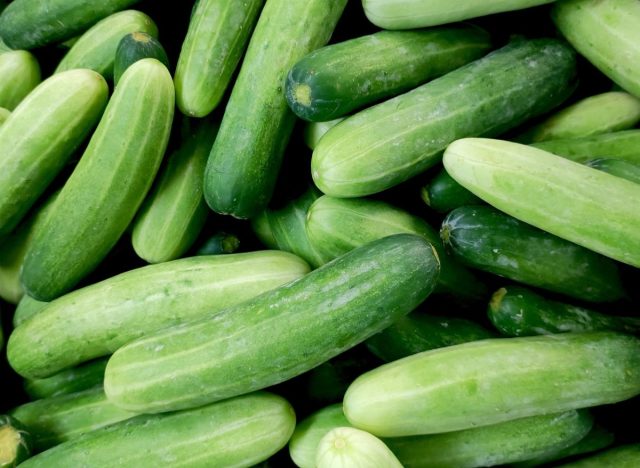
The U.S. relies on Mexico, Canada, and some South American countries for cucumber imports, which are increasingly popular amongst consumers. "By 2020, imports accounted for almost 90 percent of the domestic market. The share of imports in the U.S. fresh cucumber market continues to trend higher because of year-round demand for cucumbers and for varieties that tend to be cultivated in greenhouses," says the USDA.
Asparagus
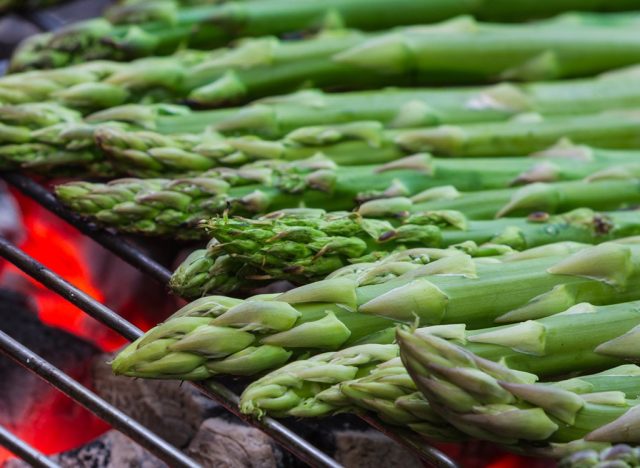
Americans love asparagus, 59% of which is imported from Mexico and Canada, as well as Peru and even France. "Americans consume over 500 million pounds of asparagus each year, and 80-90% of that is imported, mainly from Mexico and Peru," says the USDA. "Spears emerge quickly in the springtime. To get the most tender spears, workers harvest almost daily. Each spear is hand-harvested and bundled by skilled workers using special knives."
Raspberries
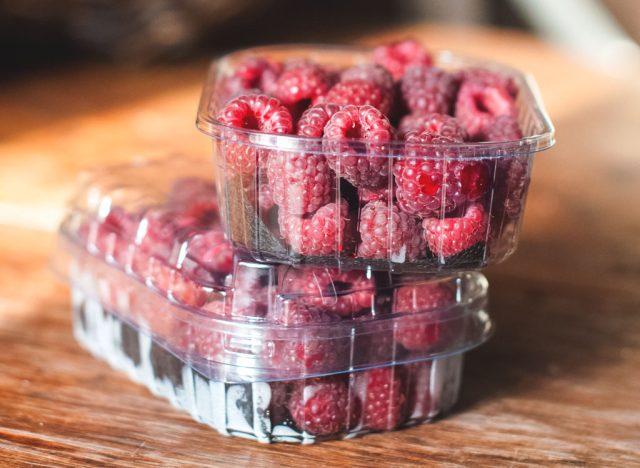
91% of raspberries in the U.S. are imported from Mexico and Canada, so fruit that is already quite expensive (especially if you pick the organic kind) could become unaffordable. If the fruit is being imported from other sources around the world, it's certain to become more expensive as only Mexico has specific special exemptions for some produce.
Olive Oil
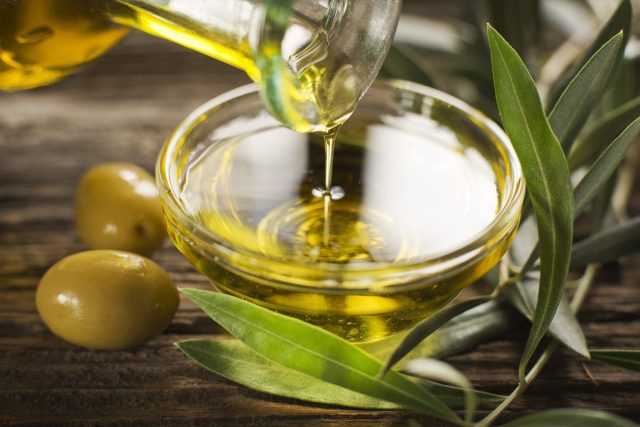
European olive oil could become even more expensive when the effect of the tariffs, even just 10%,nreally hits. "Olive oil prices have gone through the roof," food industry analyst Phil Lempert tells NPR. "They're going to go even higher."
Beef
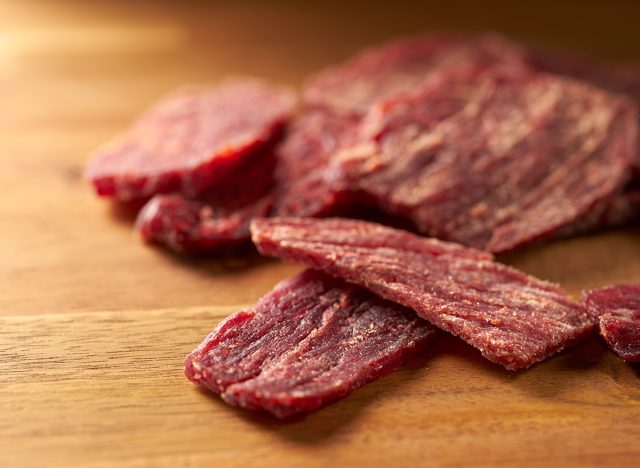
Australia and New Zealand are major exporters of beef, and the tariffs could make meat prices even higher than they already are. "It will push up costs for American households," says Australian Prime Minister Anthony Albanese. "This is why our government will not be seeking to impose reciprocal tariffs. We will not join a race to the bottom that leads to higher prices and slower growth. We will stand up for Australia."
Avocados
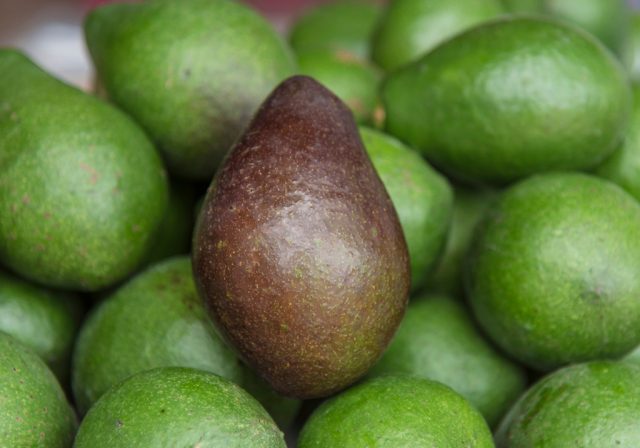
Avocados are heavily imported from Mexico and South America, and while Mexican avocados are not subject to the tariff, fruit from countries like Peru are. This means some avocados could be more expensive than others, depending on where your grocery store sources them. Costco, for instance, carries both Mexican and Peruvian avocados.









